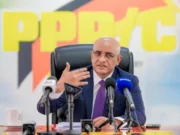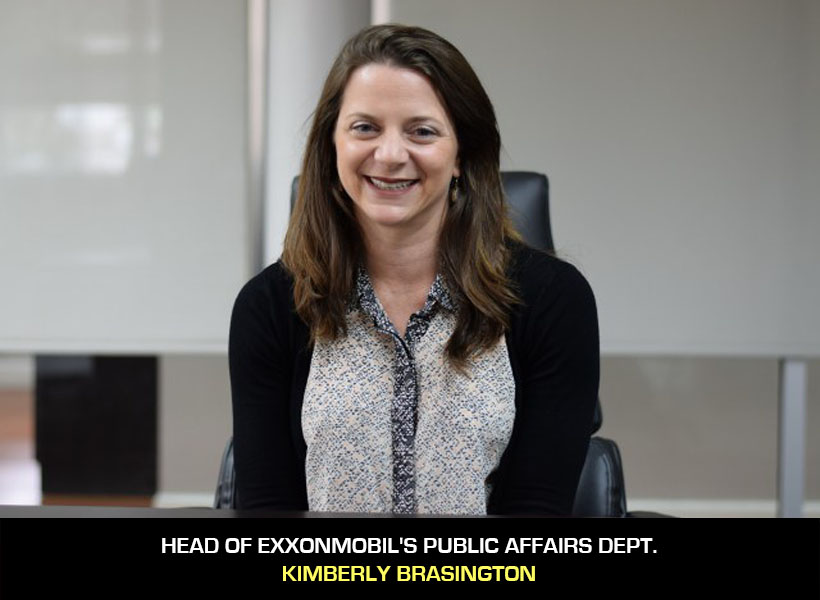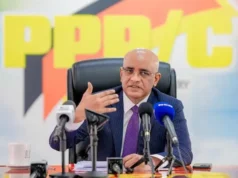The Stabroek Block is controlled by a consortium of three companies: Hess Guyana Exploration Ltd, China National Offshore Oil Corporation (CNOOC) and Esso Exploration and Petroleum Guyana Limited (EEPGL).
Head of ExxonMobil’s Public Affairs Department, Kimberly Brasington, told the Guyana Standard that Hess and CNOOC “only bring money to the table.” While, EEPGL, which is a subsidiary of ExxonMobil, handles everything else.
This clarification brings content to much information that has been peddled in the local media regarding the expenses of the companies.
Brasington said, “Indeed there is a misconception about what each party brings to the table. So in the case of CNOOC, they are bringing some amount of money for the project and that is it. Hess is also putting money. They had to sell a lot of their assets to be able to put forward the money. They essentially took a huge risk and are really banking on their investment in the Guyana project.”
Brasington also noted that while CNOOC has an office in Guyana, Hess does not. She stressed that EEPGL, which is a subsidiary of ExxonMobil, is bringing all of the technology and skills needed to man the project. She said that under no circumstances are the other two partners supposed to be representing the operations of the Stabroek Block.
“Of course we speak to them about decisions but it is ExxonMobil that speaks for everything regarding this project,” Brasington added.
EEPGL is main operator of the Stabroek Block, holding a 45 percent interest, while Hess Guyana Exploration Ltd. holds 30 percent interest and CNOOC Nexen Petroleum Guyana Limited holds 25 percent interest.
Recently, sections of the print media published articles highlighting the glaring disparities between the expenses of EEPGL and CNOOC as reflected in the companies’ financial statements. One article noted that EEPGL’s administrative expenses are nine times that of COONC. The article also quoted chartered accountant, Christopher Ram’ s misunderstanding that CNOOC actually brings more than money to the table. Ram said, “This huge gap cannot be explained by the relative scale of the operations of the two companies. In other words, the two companies’ operations are not large enough to reflect the gaps in costs.”
Brasington’s clarifications would explain why the gaps in expenses actually exist.













